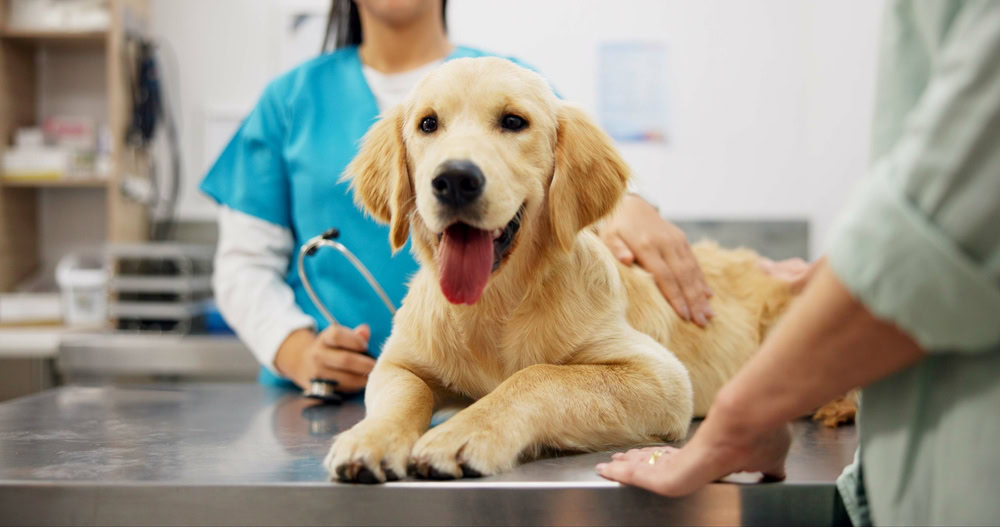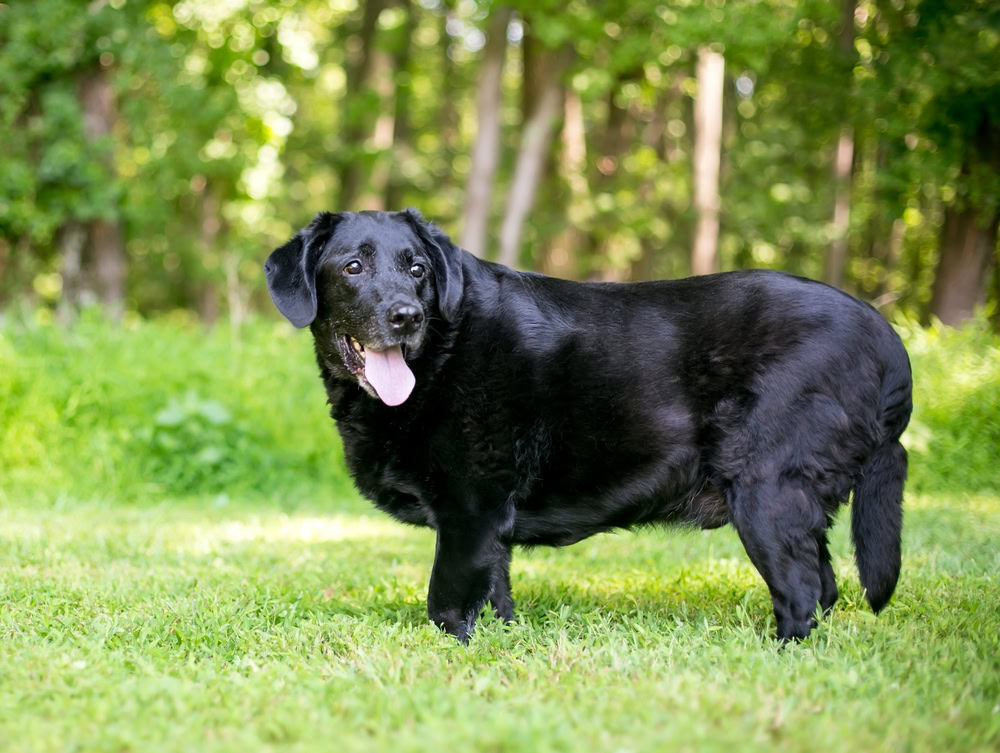
You’ve gotten usually heard that spaying or neutering your canine is completely obligatory. The explanations supporting spaying or neutering your canine are compelling, together with lowering overpopulation, minimizing well being points, and combating behavioral points. Nevertheless, as extra persons are starting to understand, not all therapies go well with each canine.
Earlier than you make an irreversible resolution on your canine, you want to pay attention to some potential negative effects that spaying or neutering could induce in your canine. After you have all the data for and in opposition to this process, you’ll be able to resolve what’s finest on your canine.

The ten Causes To not Spay or Neuter Your Canine
1. It Can Trigger Weight Achieve
Spaying or neutering your canine results in decrease hormone ranges. These hormones are sometimes instrumental to your canine’s metabolic charge, and as soon as they lower, so does your canine’s metabolism. This results in a lower in power.
If you happen to overfeed or under-exercise your canine, there’s a a lot increased probability that your canine will acquire further weight. In truth, spayed or neutered pets could be nearly twice as prone to battle with weight problems. Moreover, post-surgery canine could have an elevated urge for food, making it a lot simpler to placed on weight.

2. There Could Be Larger Probabilities of Torn Ligaments
Torn ligaments are painful and tough accidents to get better from. In case your canine tears a ligament of their leg, they are going to doubtless be unable to stroll for greater than a month after surgical procedure.
Spaying or neutering your canine can improve the chance of some of these accidents. In keeping with the Colorado State College Veterinary Educating Hospital, spayed females are on the highest danger of struggling a torn ligament, whereas neutered males observe in second.1 Intact male canine are on the lowest danger.
3. It Can Enhance the Probabilities of Hip Dysplasia
If a canine is spayed or neutered too early, the chance of creating hip dysplasia will increase. Hip dysplasia is a complication that ends in the loosening and displacement of the hip joint. This results in ache and dysfunction, resembling limping, lameness, bunny-hopping, problem shifting, and sitting awkwardly.
A research discovered that canine castrated earlier than a yr of age had been two instances extra prone to undergo from hip dysplasia.2
Sure canine breeds are at the next danger of creating hip dysplasia, resembling giant breed canine. In case your canine is amongst these high-risk breeds, it’s possible you’ll rethink spaying or neutering.

4. It Could Trigger Urinary Incontinence
A danger associated to spaying and neutering is urinary incontinence, which means it’s possible you’ll must anticipate extra urinary accidents in the home than earlier than. It has been proven that early spaying of females can improve the probabilities of urinary incontinence.
5. Your Canine Could Develop Hypothyroidism
For the reason that process of spaying or neutering removes your canine’s gonads, your canine’s endocrine organs may also be affected.
In keeping with the Cornell Richard P. Riney Canine Well being Heart, hypothyroidism could also be extra prevalent in spayed females and neutered males.3 It is a situation wherein your canine doesn’t produce sufficient thyroid hormones. Scientific indicators related to hypothyroidism embody weight acquire, lethargy, and persistent infections.

6. Probabilities of Creating Most cancers Could Enhance
It could be scary to listen to this, however there’s a probability that spaying or neutering your canine could improve their odds of creating sure cancers. Spaying and neutering your canine can cut back sure varieties of cancers associated to the reproductive system; nevertheless, the identical process could introduce the next danger of creating different cancers. As an illustration, spaying your feminine canine could make her 5 instances extra prone to develop most cancers in her coronary heart.
7. They Would possibly Develop into Extra Prone to Endure Nervousness
Studies have shown that neutering could also be linked to increased ranges of concern and nervousness in canine. Frequent fearful behaviors in canine embody undesired urination or bowel actions, panting, pacing, destruction, and extreme vocalization.

8. Your Canine Could Develop Pancreatitis
Pancreatitis is a situation wherein the pancreas is infected. This will result in vital points, resembling urge for food loss, vomiting, stomach ache, diarrhea, lethargy, dehydration, and even irreversible injury to your canine’s digestive organs. According to a study revealed by the American Veterinary Medical Affiliation, being spayed or neutered was one of many elements that elevated the percentages of pancreatitis in canine.
9. Aggression Points Could Develop into Worse
Though it’s usually said that neutering helps to quell aggressive behaviors, there was conflicting proof on the contrary in recent times. Some research have indicated that neutering male canine too early could result in elevated aggression.
Aggression is a critical concern. Multiple million persons are bitten by a dog annually. Possible, that quantity is way increased as a result of variety of unreported instances.

10. It Could Influence Your Canine’s Lifespan
It’s horrifying to suppose that spaying or neutering might negatively influence your canine’s lifespan, however there may be some proof to assist the notion. One study carried out on Rottweilers discovered that females who had been spayed through the first 4 years of life had a lowered life expectancy. However, castrated canine usually tend to stay an extended life relative to their reproductively intact counterparts.

Options to Spaying and Neutering
After studying by some doable side-effects of spaying or neutering, it’s possible you’ll be feeling hesitant about placing your canine by this process, even when you don’t want them to have the ability to reproduce. Fortunately, there may be another choice to spaying and neutering.
An ovariectomy is a substitute for spaying. In spaying, the ovaries and the uterus are eliminated, however an ovariectomy solely removes the ovaries. However, a vasectomy is a substitute for neutering. These choices give you the flexibility to sterilize your canine with fewer results on the manufacturing of hormones.

Conclusion
Which process is finest on your canine: spaying and neutering or ovariectomies and vasectomies? In fact, it’s unclear which strategies are finest on your canine at this second. Spaying and neutering may go effectively for some canine, whereas alternate options could also be obligatory for others. In the long run, your veterinarian might help you identify which surgical procedure is good on your pet.
Featured Picture Credit score: PeopleImages.com – Yuri A, Shutterstock
Trending Merchandise












